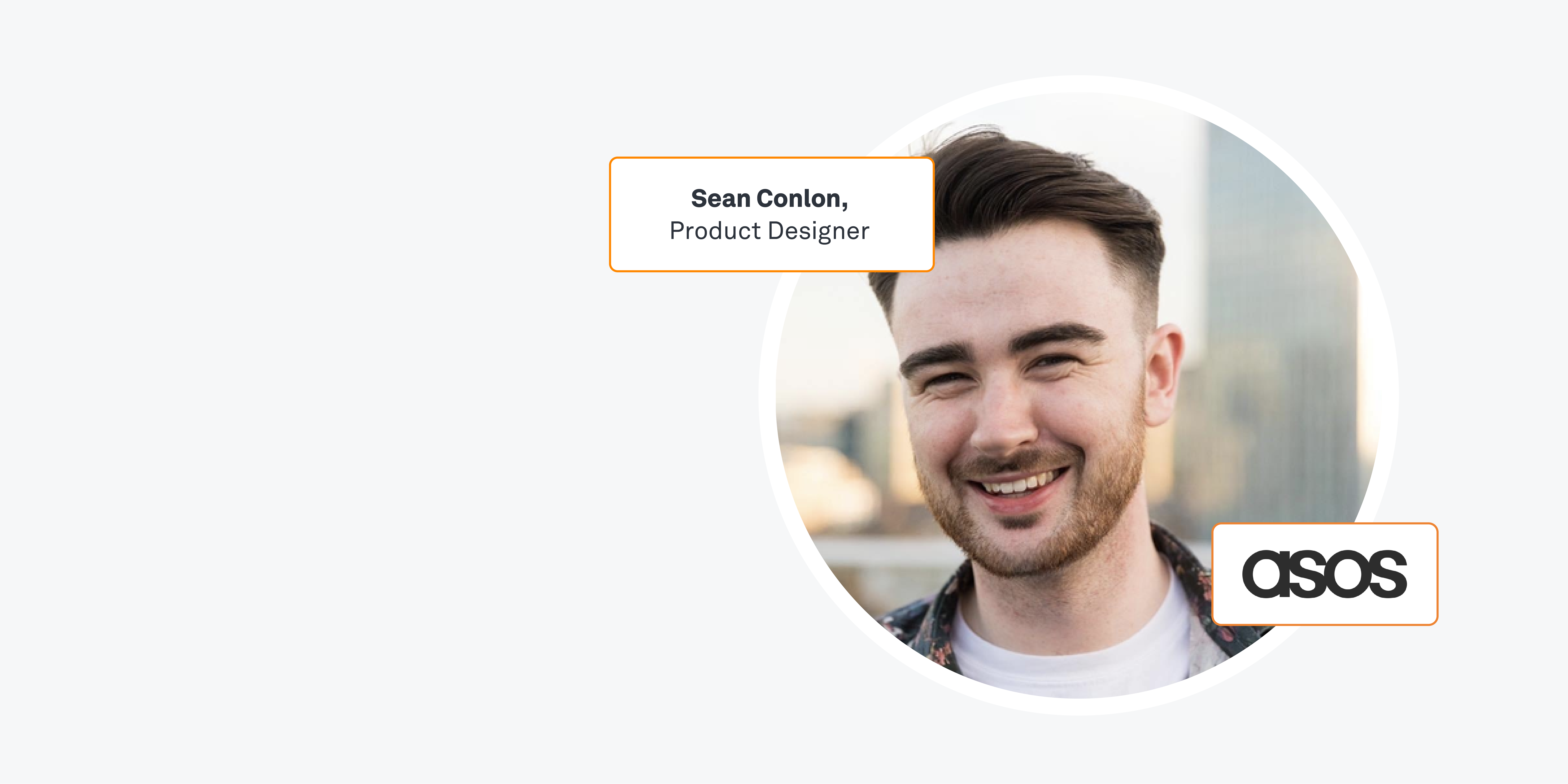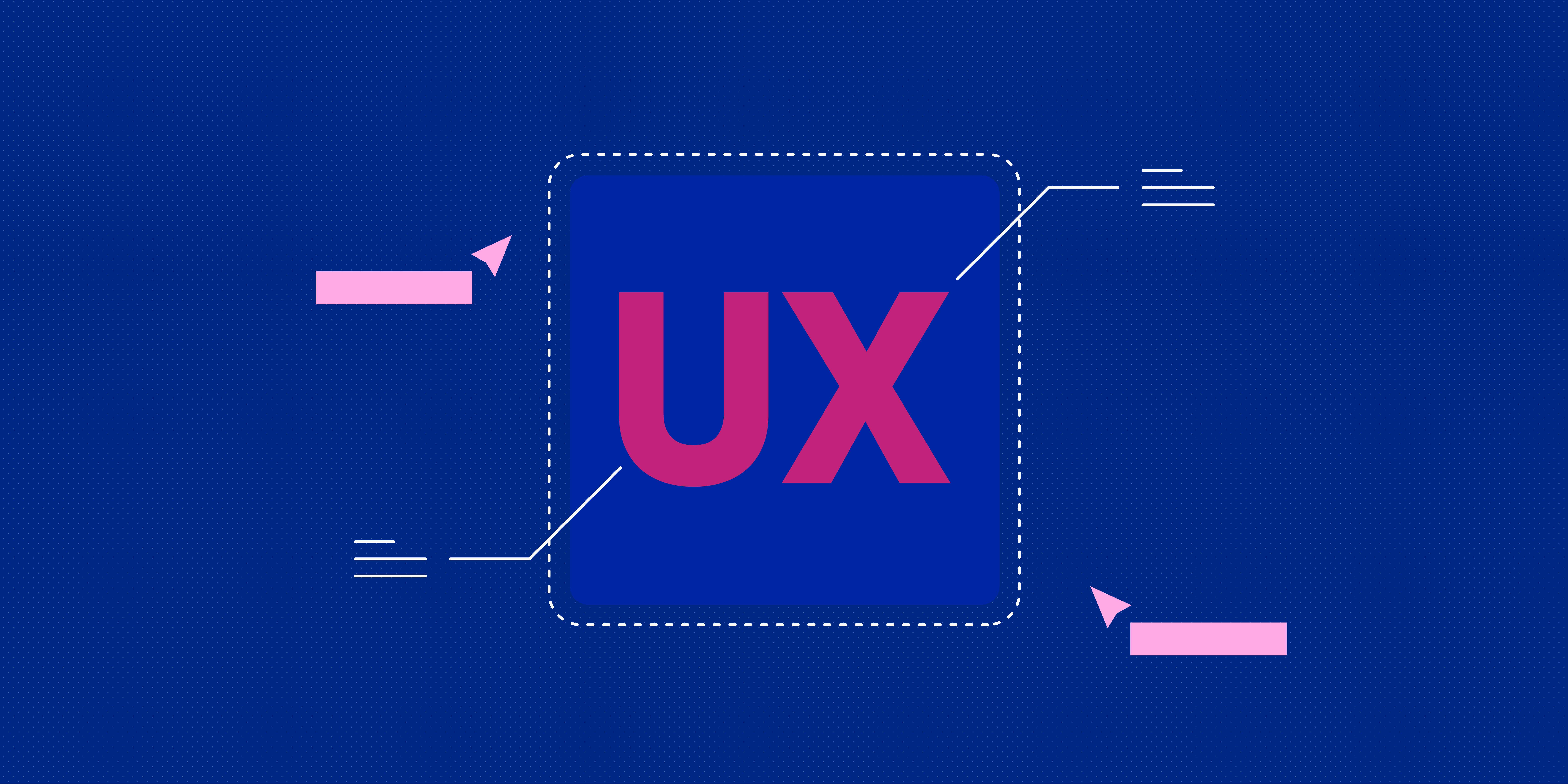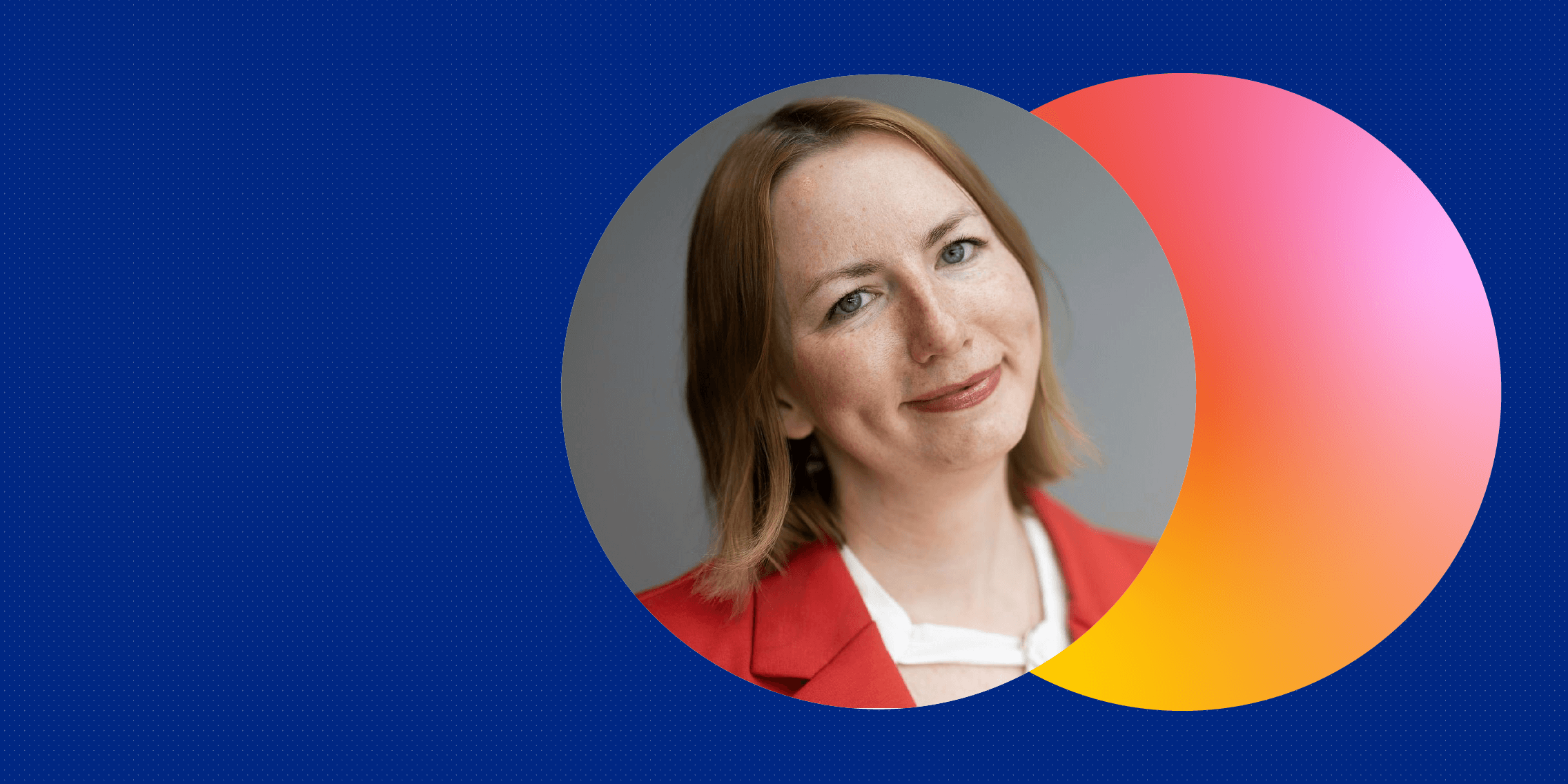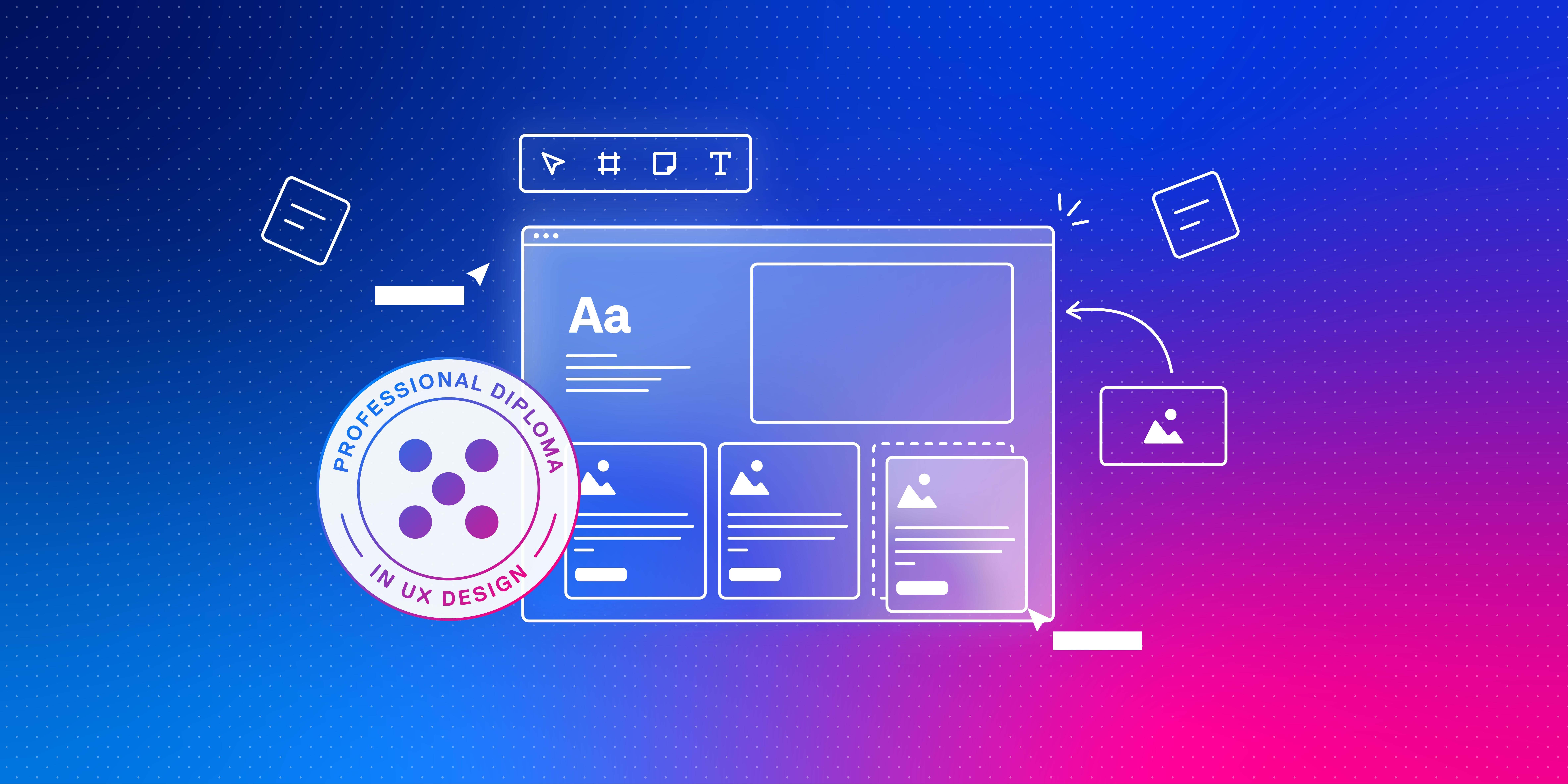In a new episode from our UX Insiders series, we talked to Sean Conlon, Digital Product Designer at ASOS.
Sean is based in London and he will tell us all about his career, focusing specifically on how to break into UX for the fashion world and how to design for the online shopping experience.
Listen to our complete chat with Sean through this link or read the highlights below.
Could you give us an overview of your journey and how you became interested in UX?
I studied Business Information Systems at University College Cork. Before that, I was definitely one of those people who weren’t sure what they wanted to do. I was always interested in tech from a very young age but also in solving business problems, even though I had never actually studied business at that point. I also really liked the UI side of things, so designing actual applications.
I also did an internship here in London with Barclays. My goal with them was just to find a career that interested me. So I took that time to meet different people across the company. Then I was getting into a bit of a slump in thinking none of these careers sounded interesting until I stumbled across some UX designers. So I finished college and researched how to get into UX.
YouTube was my biggest friend at that time and I watched a lot of YouTube channels, figuring out how I could get into it. I built up my portfolio and we developed an app in my final year in college. I just used that as a portfolio project and sent it around until it got into the hands of the Co-Founder and CTO of Workvivo and it all kicked off from there.
What was it about UX that appealed to you?
I was drawn in by the UI side of things so that was that light bulb moment because I was always creative from a young age. It appealed to me more and more when I learned more about UX and the deeper meaning behind UI not just for making things look pretty, but also crafting that experience for people and solving problems.
I think that’s the true sense of creativity and the “design” in your title is about being creative with a stronger purpose. I found that really rewarding and fulfilling so when I met designers at Barclays, I could feel that energy from them
I could just tell that they were happy in what they were doing and that’s all I wanted, really. But then yeah there was the practical side of things as well like the ability to work in a range of industries and markets just like fashion. Then a good salary and sense of career progression led me to where I am today.
Do you have any advice for someone who’s studying or working in a non-design field?
Start by learning the craft and finding accessible courses you could do on the side. Also, look at your transferable skills. You might not be working in business or tech at all. In my last company, one of the designers there had worked as a midwife. This is completely different, but I think what made her such a fantastic designer is her empathy in addition to her understanding of UX. There are lots of people here at ASOS as well that come from different backgrounds. So there’s no one in here who doesn’t have a story.
Where does taking a course in UX fit into your journey?
I did two modules in college in Interaction Design and I had the portfolio work but I felt that my biggest pain point was that I didn’t have formal education in Design. So I was the first design hire at this early-stage startup and I just felt like I wanted to learn more but also have that accreditation to my name. Then I saw UX Design Institute and it just suited me. During COVID, you couldn’t go to college courses in person so all UX Design Institute courses were held online, which was fantastic. Then, it helped me build up my portfolio because I only had college projects before. I started asking people who had done the course to share their advice and what they thought about it and everyone had great things to say.
Do you think a background in fashion design helps in working in the UX of fashion or eCommerce?
Definitely. We recently got an overview of the process of designing fashion here in ASOS and their process is quite similar to the UX or product design process. If you’re applying for an Associate Designer role, there is a lot of leeway given to you to show how you think and solve problems. You definitely could pivot in that way if you want to go to a company like ASOS. One of the Product Designers here has a great interest in fashion and that was one of the things she showcased in her interview too.
How did you land the Digital Product Designer job at ASOS?
The process for ASOS was, from what I’ve heard and my experience, one of the easier ones. The first round was a phone call with the Recruiter just asking me what I was interested in. Then, the second round was just walking through a portfolio case study. For the third round, I got a take-home assignment that’s since been changed to a whiteboard challenge. We recently changed that to make it a bit more accessible because the whiteboard for the take-home assignment could take you a long time to do.
Note: Sean also walked us through his portfolio, so be sure to check out the full talk.
What does a typical day look like as a Digital Product Designer at ASOS?
A typical day is very varied. No two days are the same as it depends a lot on the projects I have at the moment. I typically have maybe two or three projects at the same time. These are two or three distinct features. The reason why it’s so varied and a good reason why I love being a designer is the variedness of it. It depends on what stage of the design process a project’s at.
So if I’m working on a project that’s kicking off, I will be spending a lot of my time understanding the problem, working to understand why we’re going after this, and doing a lot of early-stage research like competitor analysis. Then I could be doing some UI designs or testing the designs with real customers if it’s more on the build side of the process.
I’m constantly communicating with other designers and product managers so some days are very meeting-heavy. Other things I could be working on include building workshops or training other designers. Last week I was doing some Figma training with developers and educating them about how we use Figma and how they can use it to collaborate with us.
Which metrics or KPIs do you find particularly useful in your job?
At ASOS we have established an insights and analytics team and they are crucial to the work we do. We’d be running around like headless chickens if we were just making changes without knowing the impact they make. So for the current project in the payments and identity space, the main metric is about conversions and that unique buyer-visitor percentage.
For instance, if you can change a dial in any way, you can make more people purchase your products. And if you can make the experience of going through checkout as easy as possible, then that’s the kind of main metric we use. We also monitor other metrics but the main one is that conversion one for sure.
What kind of tools do you use at ASOS for research and getting feedback?
From a qualitative standpoint, that’s talking to customers. We generated a lot of that through UserTesting so we have a license with them and it’s the best tool for user research. You can also launch unmoderated sessions so I don’t have to be on a call with them. That’s really insightful from a qualitative standpoint. For surveys, we use SurveyMonkey, our own ratings and reviews on products, in-app feedback, Twitter, etc.
From a quantitative standpoint, we’re looking at insights like customer care data, but we also use Adobe Analytics. That’s what the insights and analytics team are in charge of and they help us build dashboards. We also have Contentsquare which shows you the hot spots or heat maps on different pages. This is cool if you want to see the different journeys people take. So things like are people actually checking in or are they going back or why are they going back.
How long did it take to get really good at your job and what challenges did you find in getting there?
I was always kind of good at picking things up and learning new things, whether that was through shadowing people or just learning. But for me, I always struggled with presenting my work. Once I started feeling a bit more comfortable with presenting, I started feeling less like I had imposter syndrome. I still get it sometimes, but it lessened over time as I was getting more comfortable with presenting my designs. It’s something you’re always going to be doing, so if you have the opportunity to practice, just do it. I don’t think I did enough of that in college so it’s definitely the trick. It just makes you feel more comfortable and rewarded when you can actually showcase and tell that story. Time-wise, I don’t think it was until after a year or two of actually designing. That’s when I can do this.




